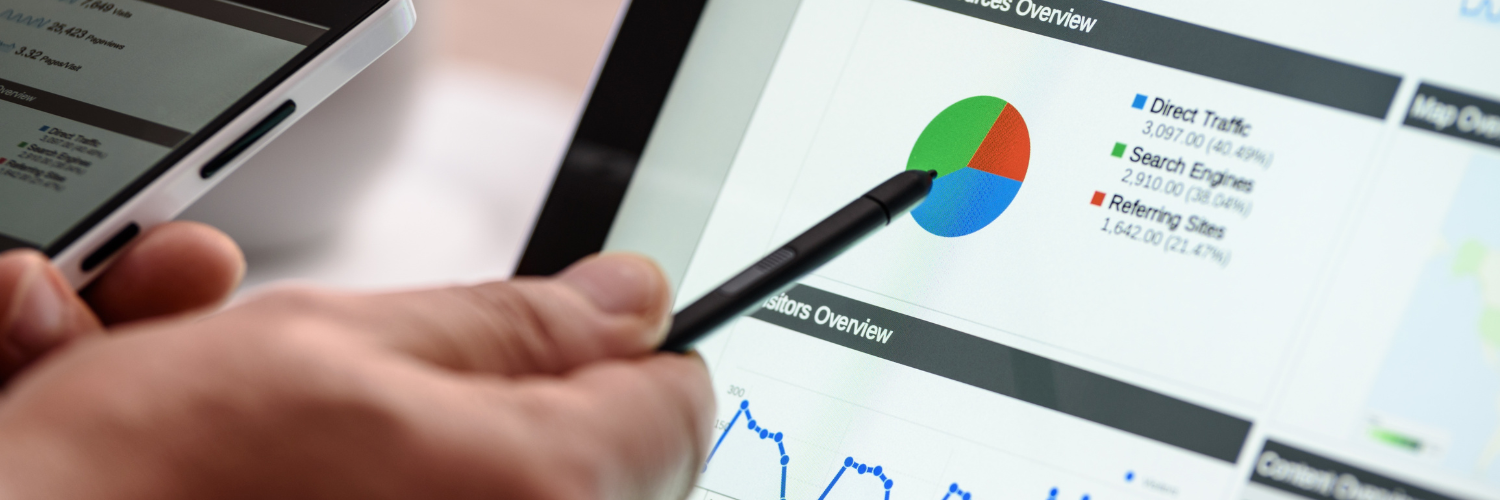What you need to know about GA4
April 12, 2023 •Sophie Colquhoun

As you may know, from July 1st 2023, Google Analytics 3 or Universal Analytics (UA) will be phased out. We recently ran a webinar with our sister agency, Vertical Leap, on migrating over to GA4. Here is what retailers need to know about GA4.
What is GA4?
Google Analytics 4 is Google’s new analytics service that enables you to measure traffic and engagement across your websites and apps. It replaces Google Analytics 3/UA.
Why the change?
Old analytics just doesn’t cover it anymore.
UA was designed in a world without prolific mobile or app use, current GA couldn’t track users across apps and web experience. Plus, cookie-less future is coming and GA4 is futureproofed against that.
Will GA3 data be available after 1st July 2023?
Yes, but not forever. Google is currently stating it will be available for at least 6 months. However, GA3 is not compatible with GA4 so cannot be moved over. Therefore, when GA3 is finally closed, you will no longer be able to access the data via the dashboard.
Do I have to change over to GA4?
Yes.
If you don’t do it, Google will do it for you but with the most basic settings meaning you may lose many of the data insights you usually have access to for your business.
Artificial Intelligence (AI) also fills in gaps where data is missing in GA. This is one of the reasons we need historic data in the account when GA4 takes over in July 2023.
Business risk examples associated with not switching to GA4:
- From 1st July, no ‘new’ data will be gathered – no tracking at all of new visits, KPIs or other metrics
- No year-on-year data
- Current reporting that relies on GA data will stop populating
- Looker (formerly Google Data Studio) reports will break as they are not updated with the new GA4 connector
- Ecommerce websites require set up well in advance to avoid potential period of no data
Therefore, Google highly recommends customers migrate themselves before the automated switch.
The sooner you set up GA4, the sooner you can start collecting data.
What’s different between UA/GA and GA4?
There are several differences between UA and GA4 but here are some of the main, more noticeable ones.
Hits and events
UA classed everything as ‘hits’. In contrast, GA4 data is event-based, with the principle that any interaction can be captured as an event.
As such Universal Analytics property hit types translate to events in a GA4 property.
Custom reports
You can now create more effective custom reports, with free-form, funnel exploration and path explorations reports.
Language changes
Again, there are many changes, but these are a few of the important ones.

A ‘new’ bounce rate:
Replaced by engagement rate = percentage of unengaged sessions. An engaged session is a session where a user has actively interacted with your website for at least 10 seconds.
Also includes a session which a conversion event or two or more page views/screen views. No longer relies on UA pageviews and therefore can be used across more platforms.
Benefits of moving across to GA4
- Collects both website and app data to better understand the customer journey.
- Uses event-based data instead of session-based.
- Includes privacy controls such as cookie-less measurement, and behavioural and conversion modelling.
- Predictive capabilities offer guidance without complex models.
- Direct integrations to media platforms help drive actions on your website or app.
If you’d like to discuss migrating your business's data over to GA4, please let us know on our Contact Us page.
We share proven growth methods for DTC, Ecommerce, and Travel brands at our Teach-In, our complimentary growth masterclass.
As part of our webinar, we cover Google in detail, discussing common executional errors and how to avoid them, what to measure and what to ignore, how to know where you should invest your performance marketing budget, and lots more. If you'd like to join one, click the button below.

